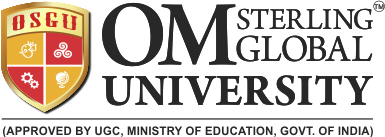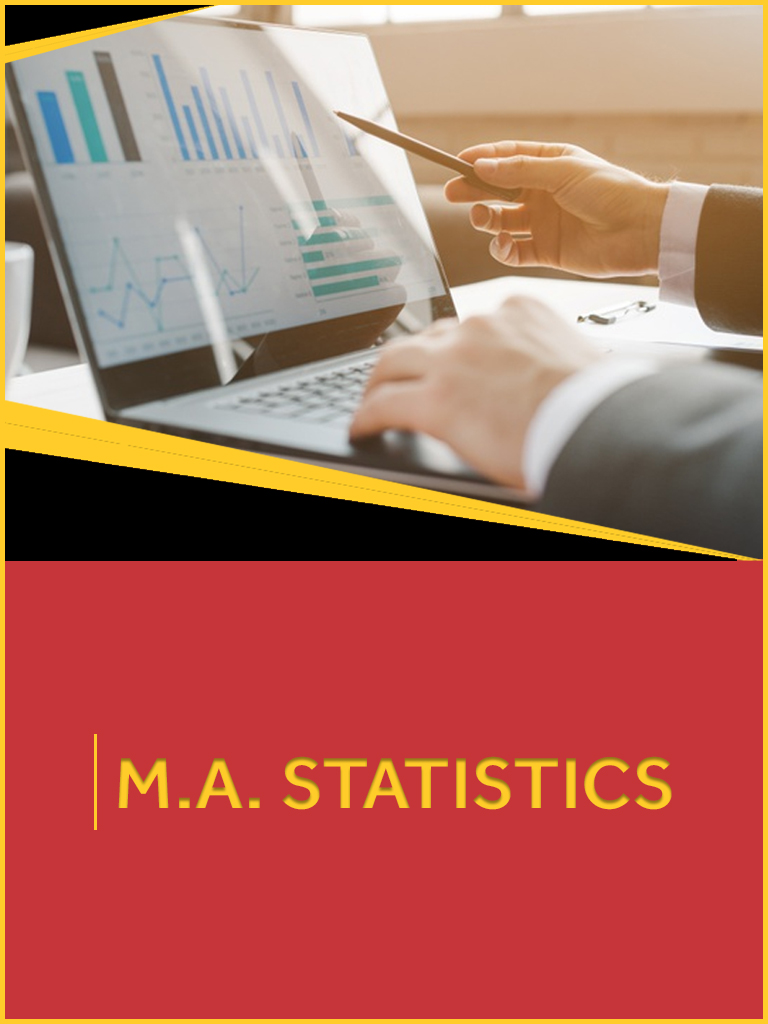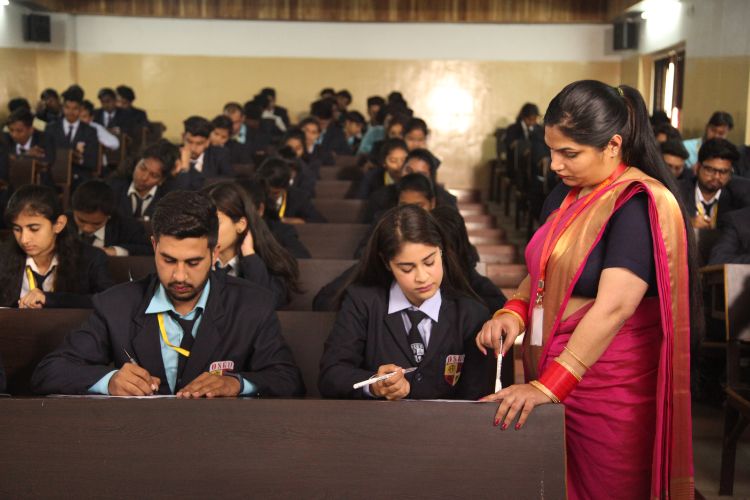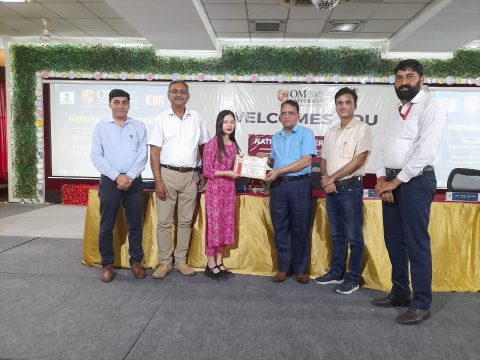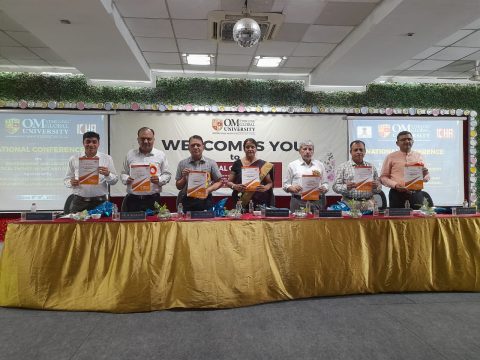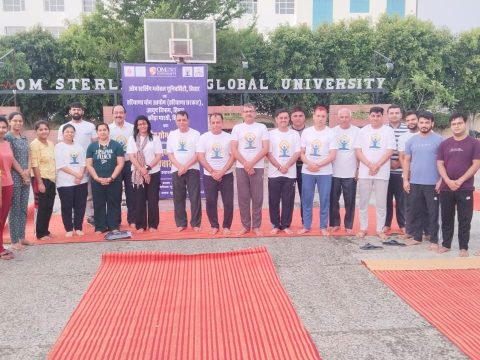
SHS-00

Post Graduation

2 Years
Programme Overview
This course will begin with a brief overview of the discipline of statistics and will then quickly focus on descriptive statistics, introducing graphical methods of describing data. Student will learn about combinatorial probability and random distributions, the latter of which serves as the foundation for statistical inference. On the side of inference, we will focus on both estimation and hypothesis testing issues. We will also examine the techniques to study the relationship between two or more variables; this is known as regression. By the end of this course, student should gain a sound understanding about what statistics represent, how to use statistics to organize and display data, and how to draw valid inferences based on data by using appropriate statistical tools. The Statistics Department offers a flexible on campus M.A. program designed for students preparing for professional positions or for doctoral programs in statistics and other quantitative fields, as well as a renowned Hybrid M.A. program in a partially online format.
Programme Objectives
- The aim of the course is to introduce fundamental concept of real analysis such as sequence, series of real numbers and their convergence, continuity, differentiability of real valued functions.
- To learn the basic ideas of abstract algebra and techniques with proof in pure mathematics and further, it can be use in many other courses
- To present the general theory of statistical distributions as well as the standard distributions found in statistical practice. ·
- To train students with essential tools for statistical analyses at the post graduate level. Fostering understanding through real-world statistical applications.
- To learn scientific view to conduct the survey in proper way to collect the data about specific perspective. ·
- To Learn variety of probability and nonprobability sampling methods for selecting a sample from a population
- To familiar and to develop learning mindsets to analyze statistical data through R software. · To learn basic syntax, coding and vocabulary to aid in data analysis
- To learn critical and creative thinking of model and its components of research.
Programme Outcomes
- Students will be able to compete successfully for internship and employment positions in government, industry, and non-profit organizations.
- Graduates will have a predisposition for outreach toward application areas such as physical sciences, financial services, and social sciences and have the knowledge, experience, and motivation to bring the tools of mathematics and statistics to bear on real-world problems.
- Alumni will have the communication skills necessary to successfully collaborate with non-expert users of applied mathematics and statistics.
- Graduates will have the intellectual curiosity and flexibility to grow with developing technology and new methods mathematics and statistics.
- Understand the basic principles underlying survey design and estimation.
- Apply the different sampling methods for designing and selecting a sample from a population.
- Implement Cluster sampling, Ratio and Regression estimation in real life problems
- Apply unequal probability sampling designs viz. PPSWR, PPSWOR including Lahiri’s method and Murthy’s estimator for survey
Career Path
One can find a career in statistical profession by doing activities such as solving problems in a wide variety of fields and apply mathematical and statistical knowledge to social, economic problems. Careers that incorporate statistics can be found in a wide variety of disciplines. Here are a few examples of fields which use statistics, i.e. agriculture, business, industry, computer science, health sciences, and government, private, scientific and other disciplines. These candidates can also apply for the Indian Statistical Services, Civil Services and Indian Economic Services exams.
Some Important are given below:
- Statistician
- Lecturer
- Professor
- Content Analyst
- Statistic Trainer
- Data Scientist
- Consultant
- Biostatistician
- Banking Sector
- Insurance Company
- Risk Analyst
- Business Analyst
Eligibility Criteria
Minimum percentage and others criteria for admission will be as per UGC/ Concerned Regulatory Bodies.
Provided below are the criteria that need to be met for the given course.
For National Students
- Graduation in any discipline or equivalent grades.
For International Students
- Rule framed by University Grants Commission (UGC) and notified in its website www.ugc.ac.in will be followed for deciding the eligibility and admission of International students to various courses offered in Om Sterling Global University, Hisar.
How to Apply
You can fill-up the Admission Enquiry Form below if you have any queries regarding the admission procedure of M.A. in Economics. Now, if you are unable to decide on which program to choose, feel free to reach out to us via the FREE tele-counseling option. If you have decided that you must pursue M.A. in Economy and start a highly-rewarding career then go ahead and fill-up the Online Application now.

